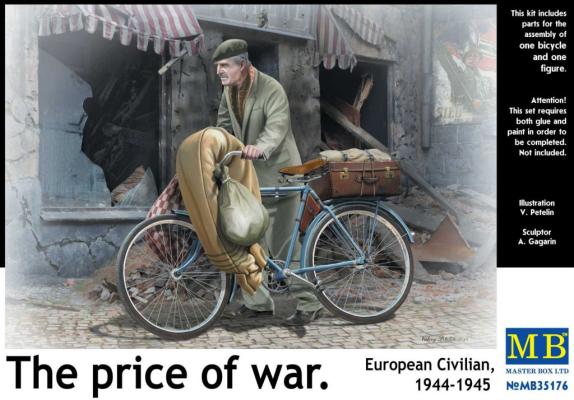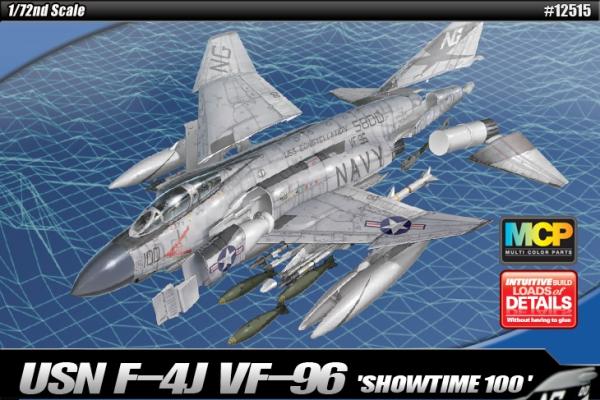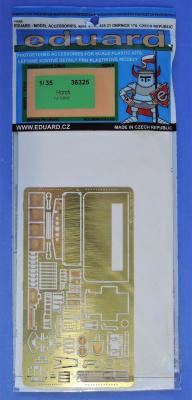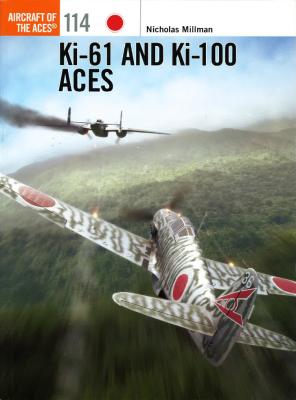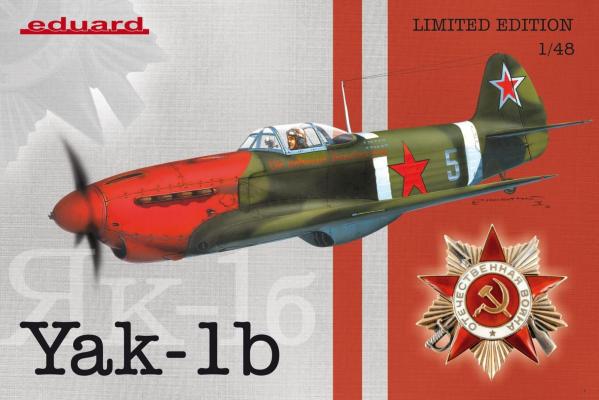This is my first experience with Master Box products, which is primarily known for its figures series for military and aircraft models. I decided to step outside my comfort zone and build a subject I don’t typically build. This is the first bicycle model that I have assembled since building the old MPC Schwinn Ten Speed 40 plus years ago! The “Price of War” set is a multimedia kit which includes a figure with baggage accessories and a multi-media bicycle with a separate sprue and PE fret by North Star. The details are etched from brass and given the subject it would have been nicer to have them in stainless steel – more about this later.
Welcome to the IPMS/USA Reviews site!
Introduction: The primary organization of the IPMS/USA Review website is by IPMS/USA National Contest Class. Within each Class there are sub-menus by kits, decals, books, etc. The Miscellaneous Class is for items that are not class specific or that cross two or more classes.
IPMS/USA Members: We encourage you to submit reviews, both here and to the Journal. To volunteer for membership in the IPMS/USA "Reviewers Corps" and submit your own reviews, please read the Guidelines For Submitting Product Reviews.
Manufacturers, publishers, and other industry members: IPMS/USA is pleased to offer your company the opportunity for product reviews. All product reviews are performed by IPMS/USA members, and are posted in the publicly-accessible section of our website. With very few exceptions, we perform full build reviews of new kit releases, aftermarket products, and supplies. If you would care to provide product samples for review, please contact John Noack, IPMS/USA 1st VP.
To learn more about IPMS/USA, please see our About Us page.
Background
Developed as a fleet interceptor for the United States Navy in the 1950’s the F-4 Phantom became one of the most successful and prolific combat aircraft designs of the jet age, remaining in US service into the 1990’s. Tasting its first combat during the Vietnam War, Navy and Air Force Phantoms produced leading aces for both service branches.
Eduard has produced this nice photoetch set to add considerable detail to ICM’s Horch 108 Typ 40 WWII German Personnel Car. The set adds much better detail to the light and equipment mounting brackets on the front fenders, the brackets and plaques on the rear doors, the rifle clamps, and many other miscellaneous details.
This is at least Nicholas Millman’s third title with Ronnie Olsthoorn illustrating for Osprey Publishing. Aircraft of the Aces 100 – Ki-44 ‘Tojo’ Aces of World War 2 was published in 2011 and Aircraft of the Aces 103 – Ki-27 ‘Nate Aces was published in 2013. Nicholas Millman is one of Britain’s leading researchers of Japanese military aviation. In addition to publishing articles in specialist journals, his own range of reference materials and supporting the research of other authors, he runs a website dedicated to the subject which attracts visitors from 194 countries.
History Brief
The Yakovlev Yak-1 was a single-seat monoplane with a composite structure and wooden wings. It was extremely maneuverable, fast and well armed plus it was reliable and easy to maintain. The Yak-1 was truly the epitome of a World War II Soviet fighter aircraft. The Yak-1b featured a new bubble canopy with lowered rear fuselage, increased armor, ShKAS machine guns replaced with a single 12.7 mm (0.5 in) Berezin UBS, electrical and pneumatic firing of the weapons instead of the mechanical system, new control stick based on the Messerschmitt Bf 109 design, new gunsight, airtight fuselage, retractable tailwheel, improved engine cooling, and a Klimov M-105PF engine with better low-altitude performance. The "b" was an unofficial designation. After October 1942, all Yak-1s were built to this standard. The first flight (aircraft No.3560) took place in June 1942, with aircraft entering production in August. A total of 4,188 were built.











